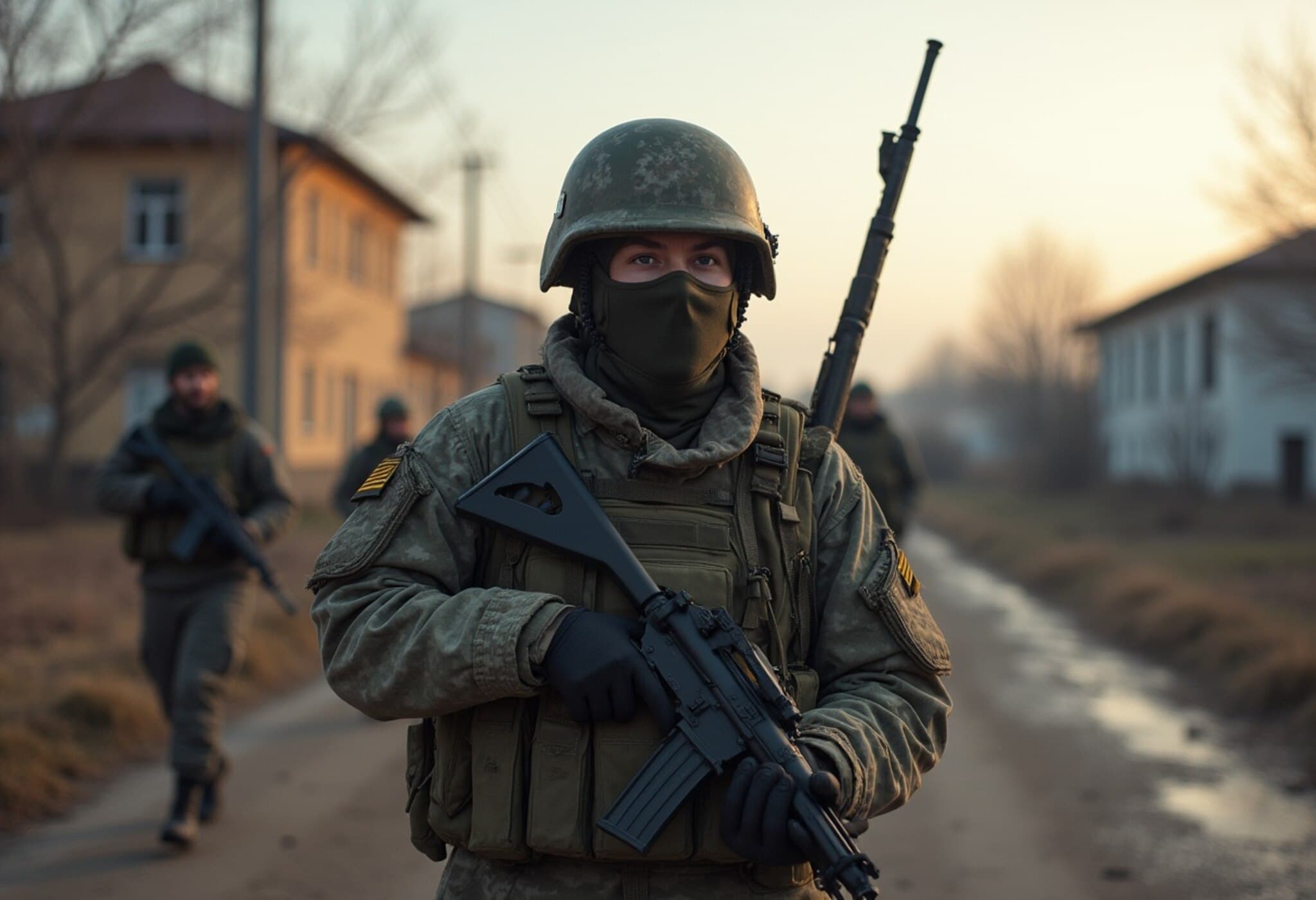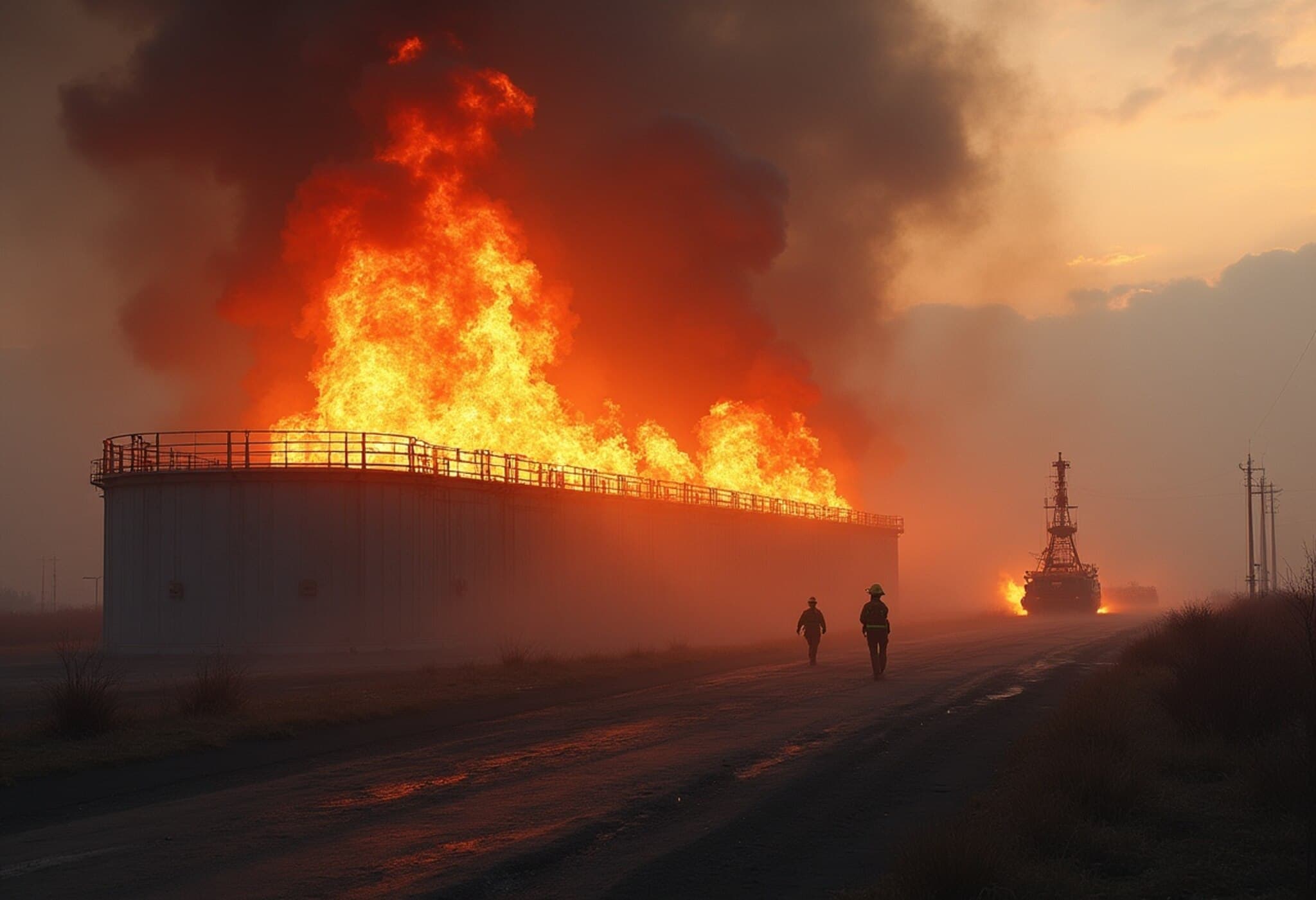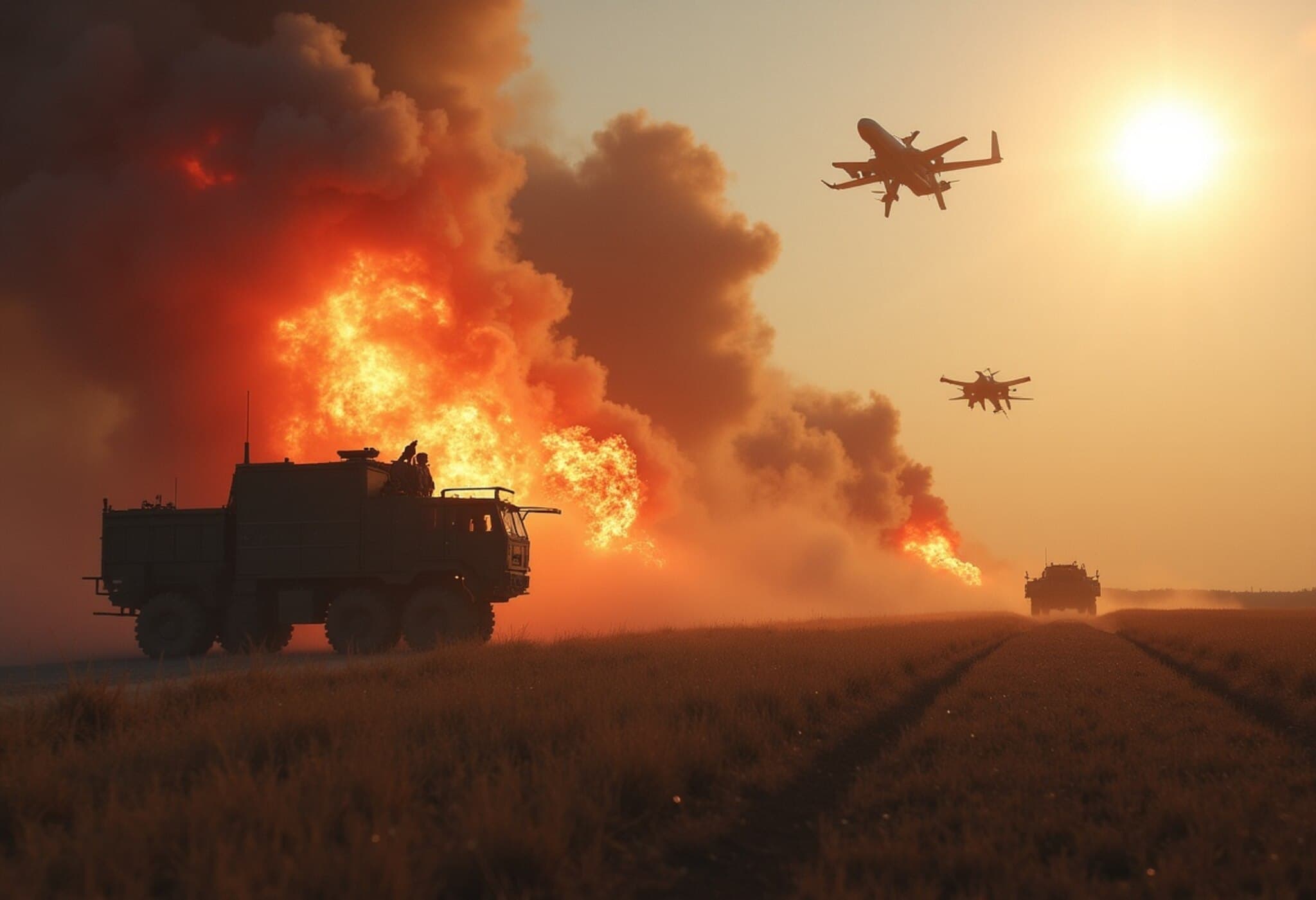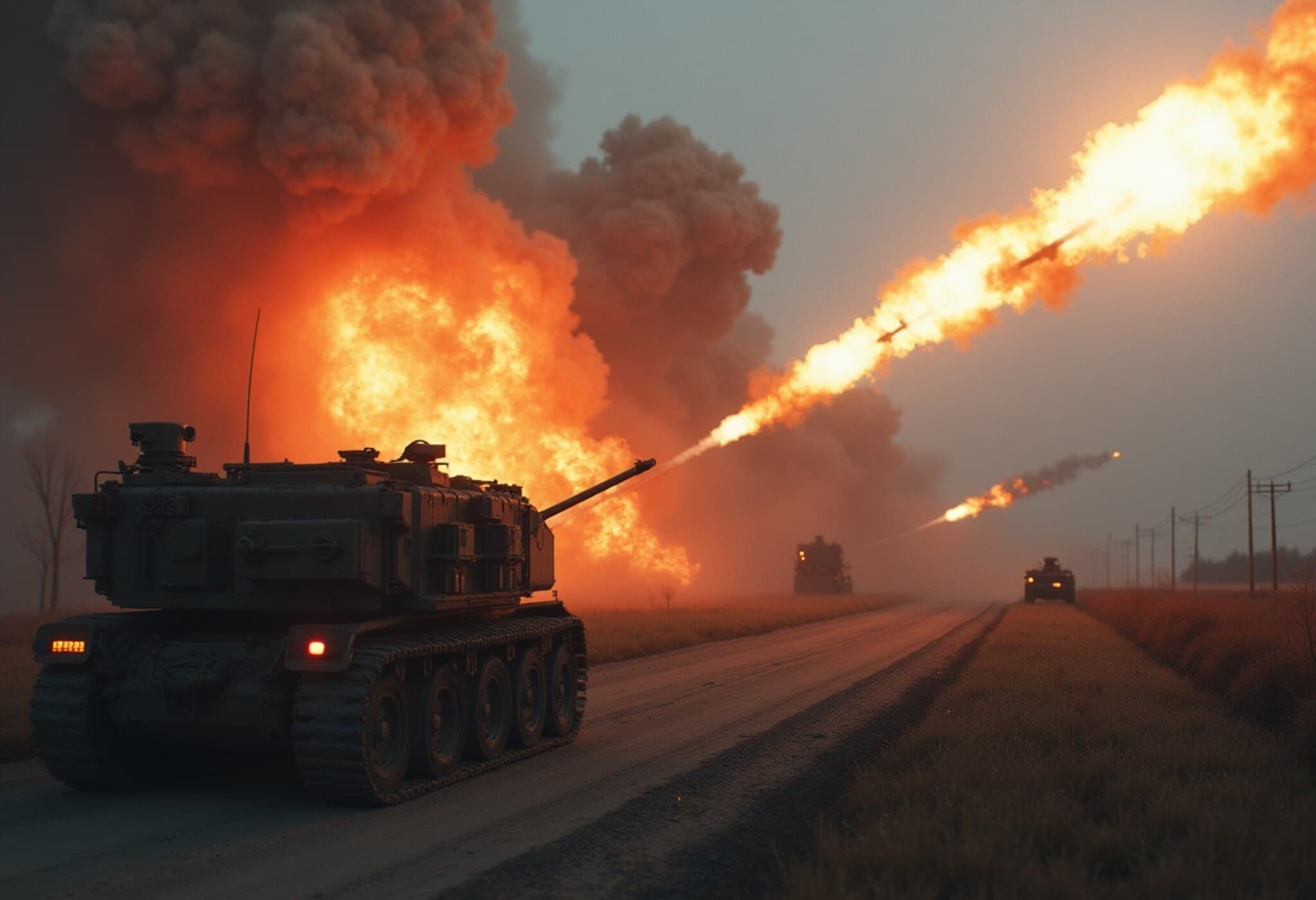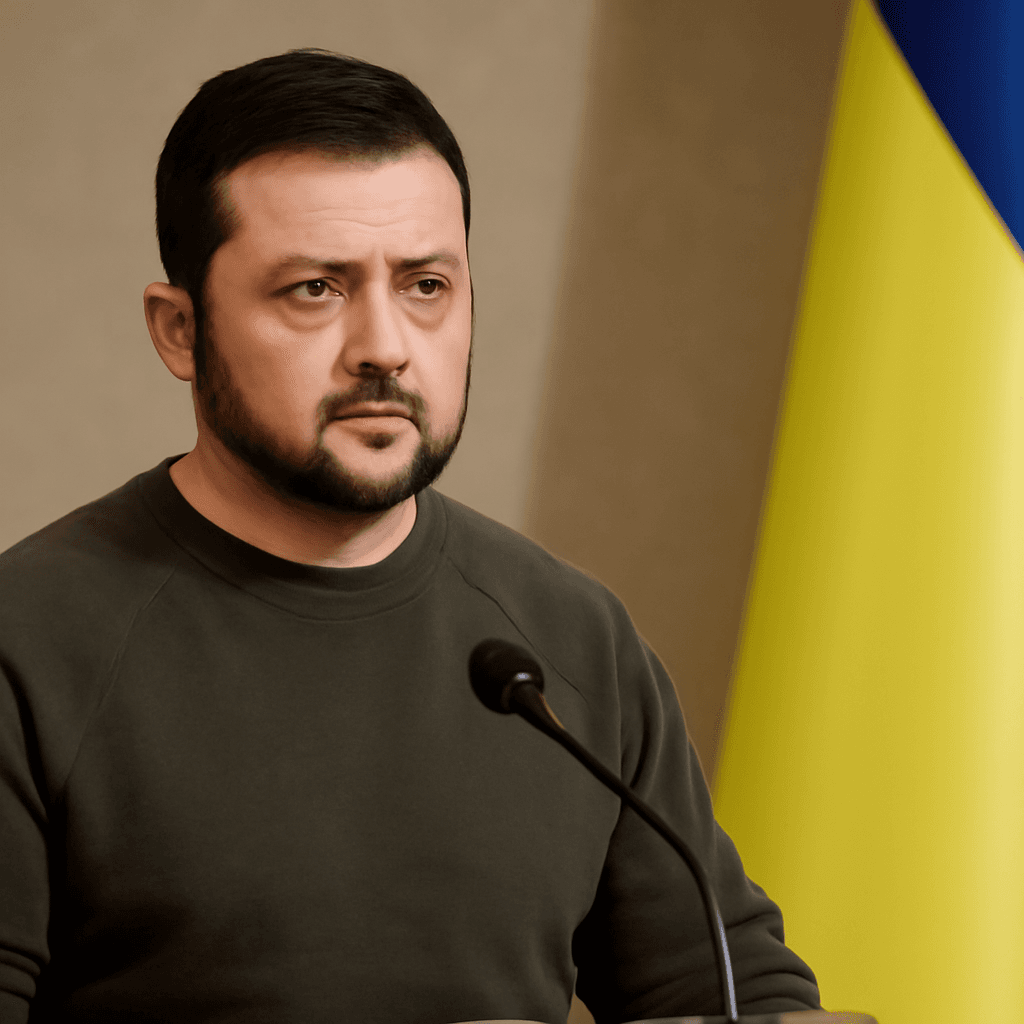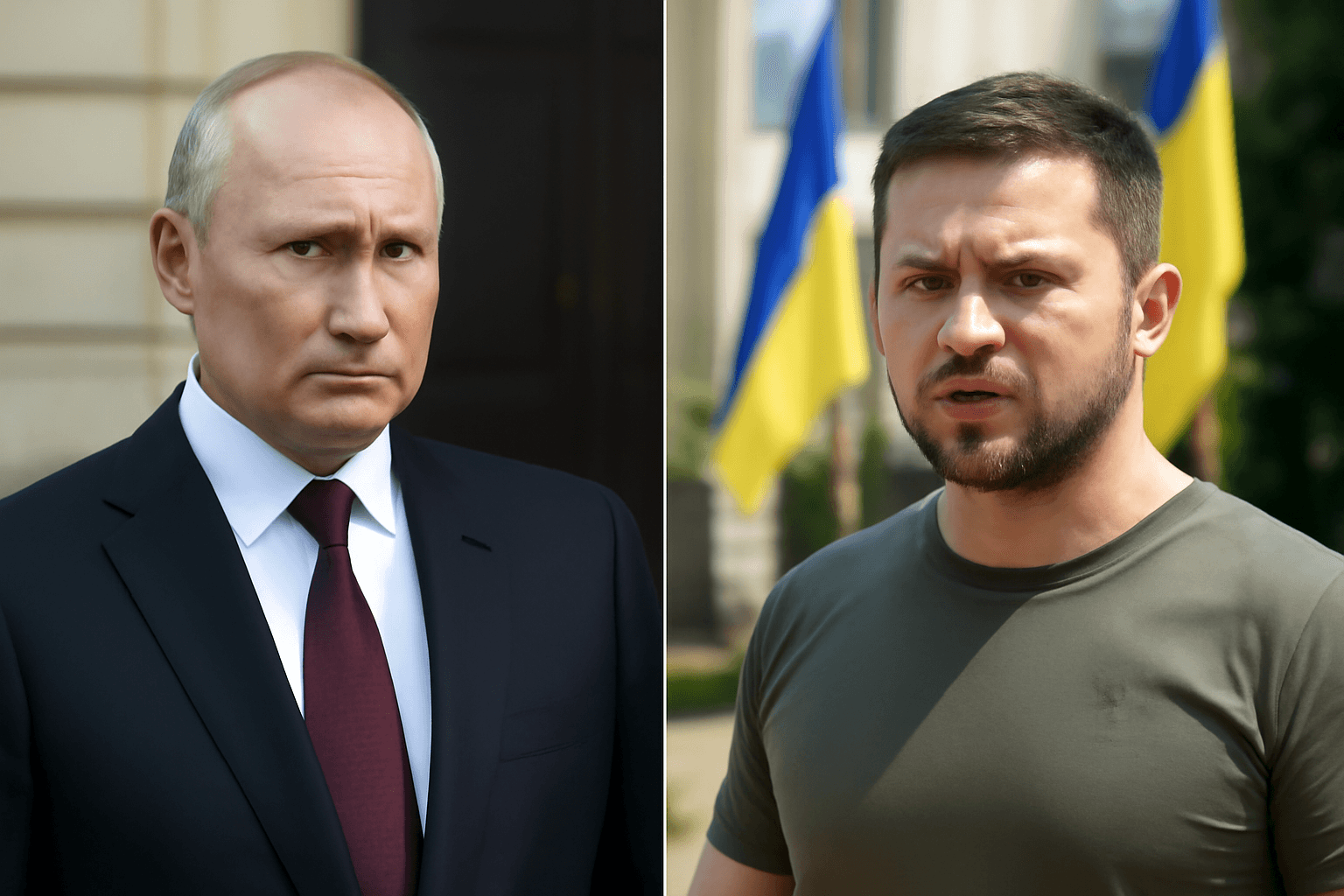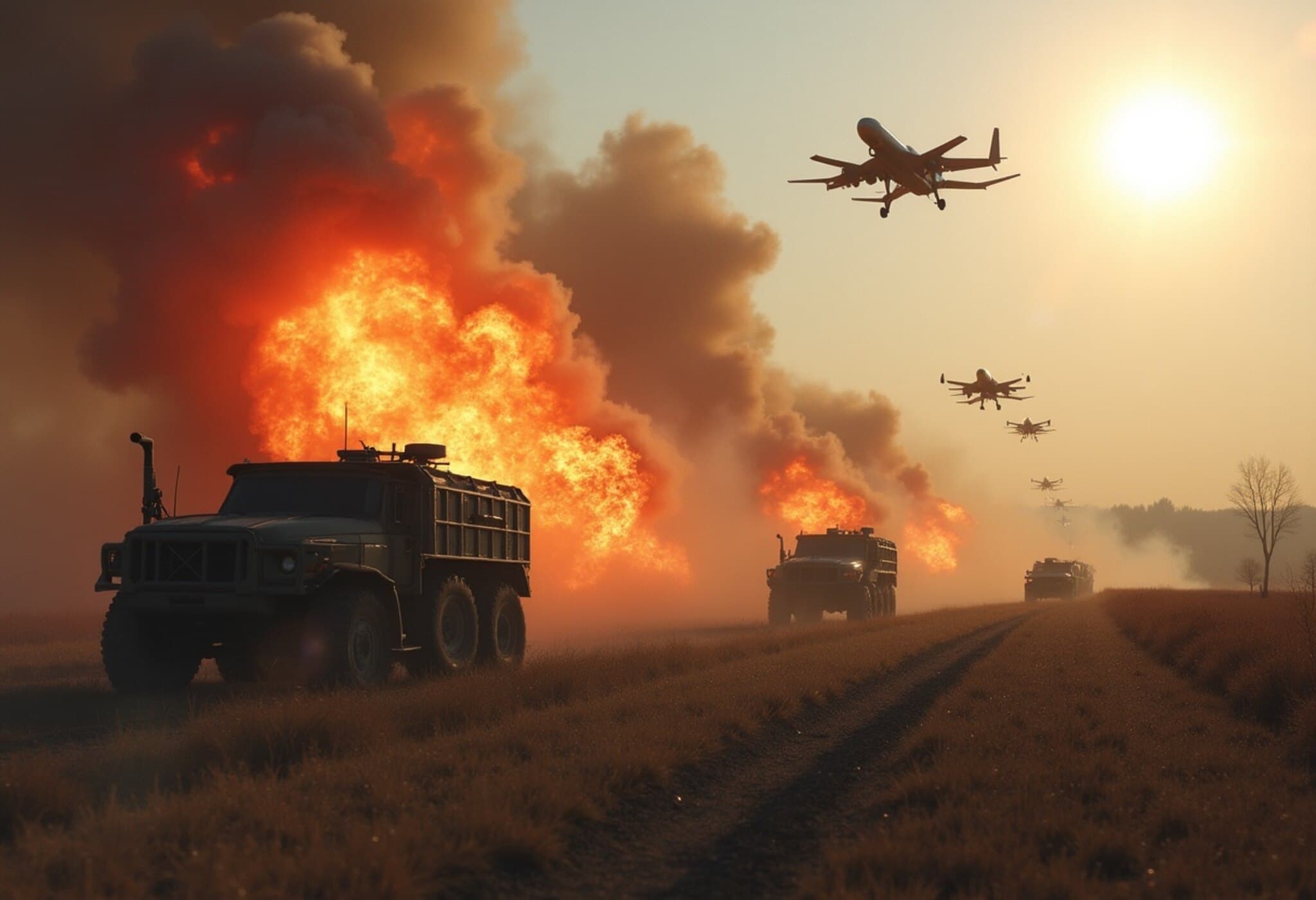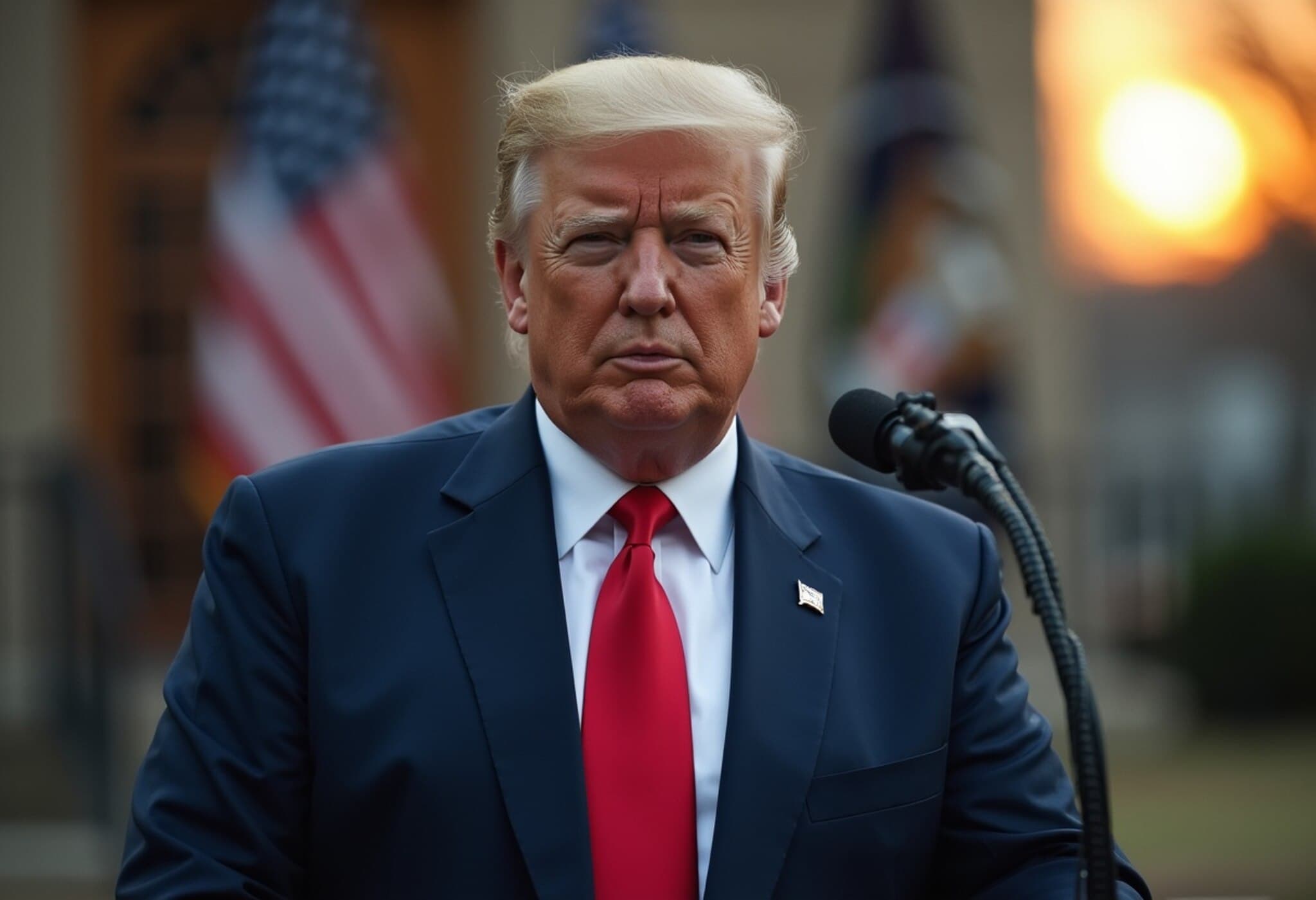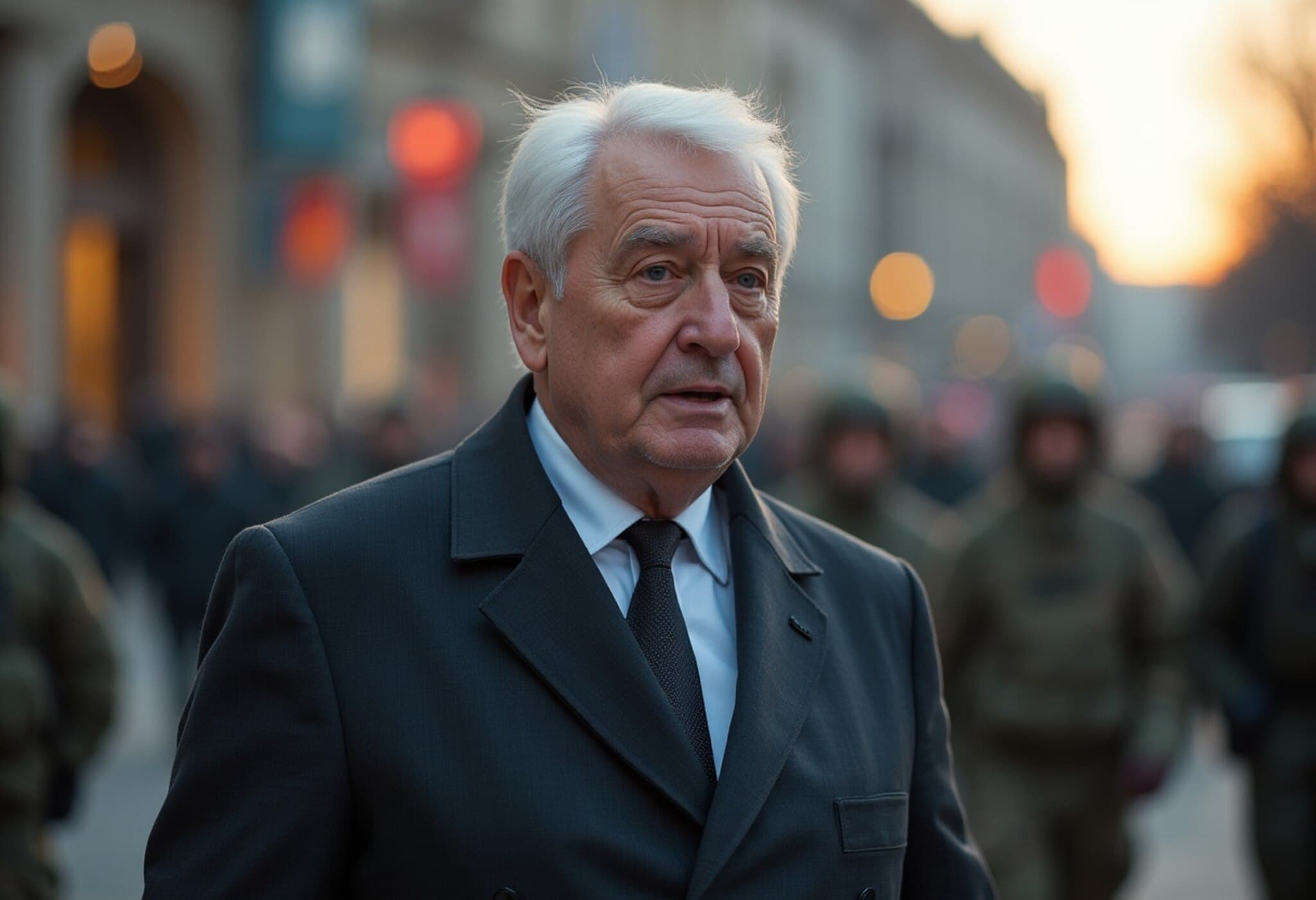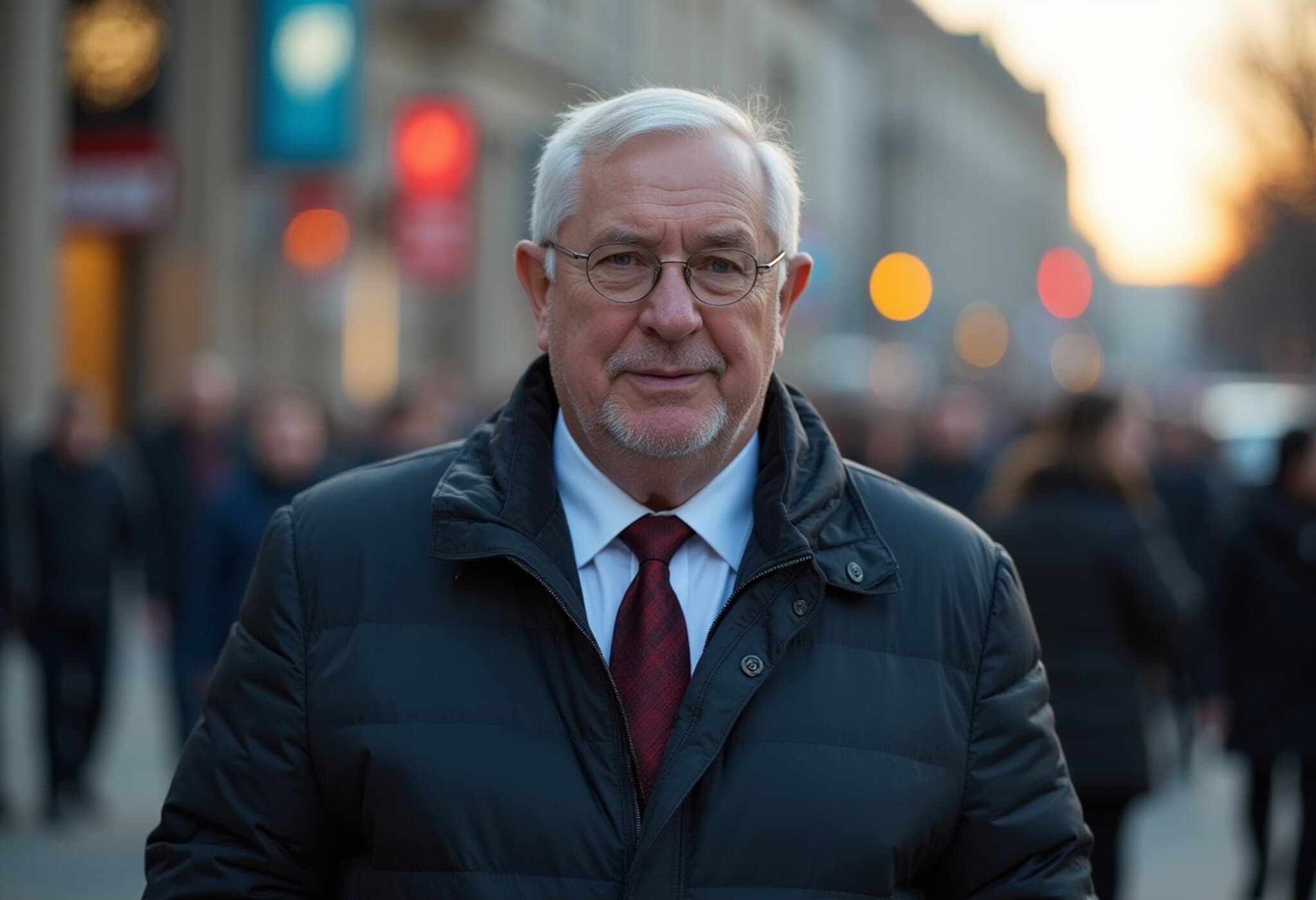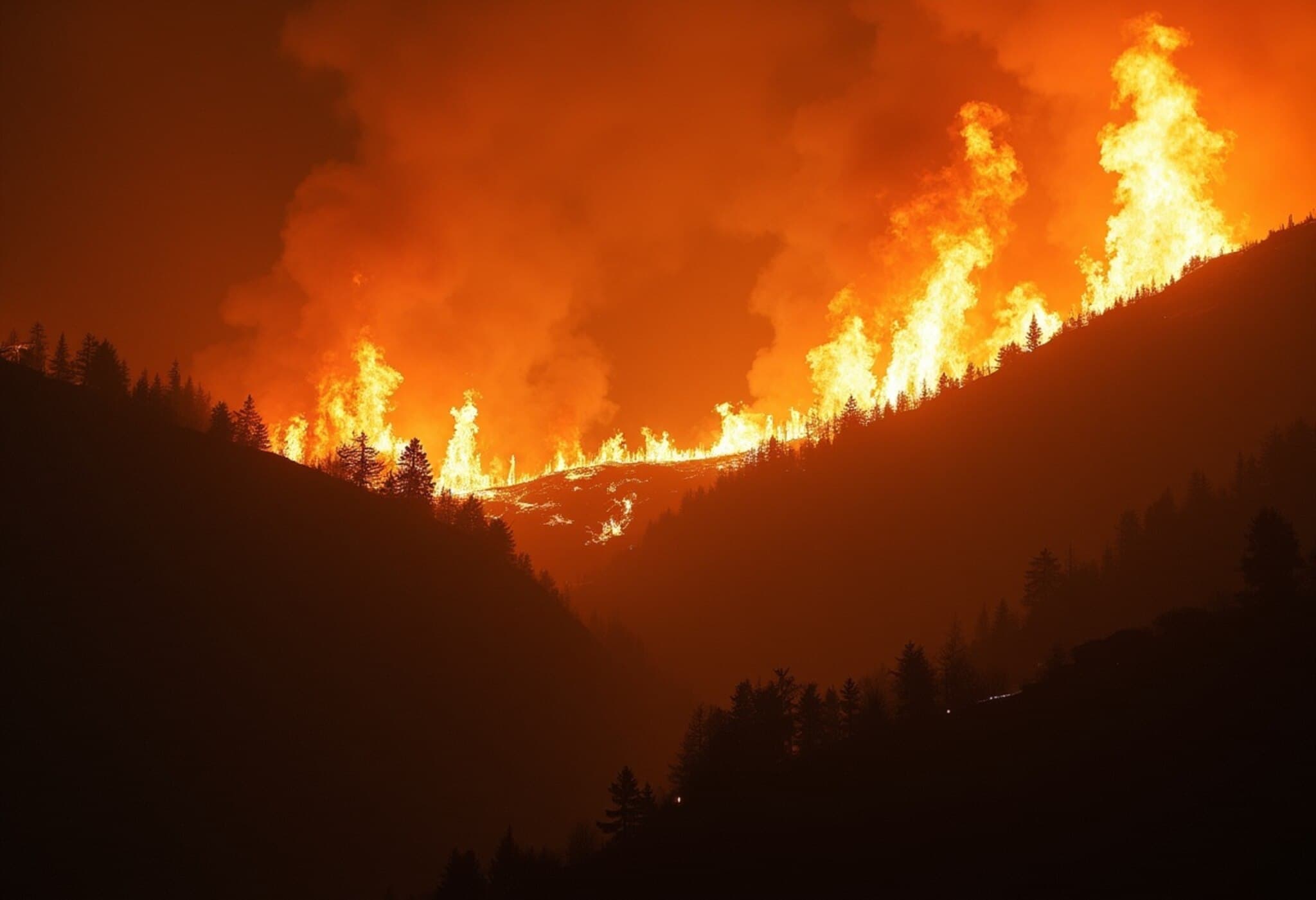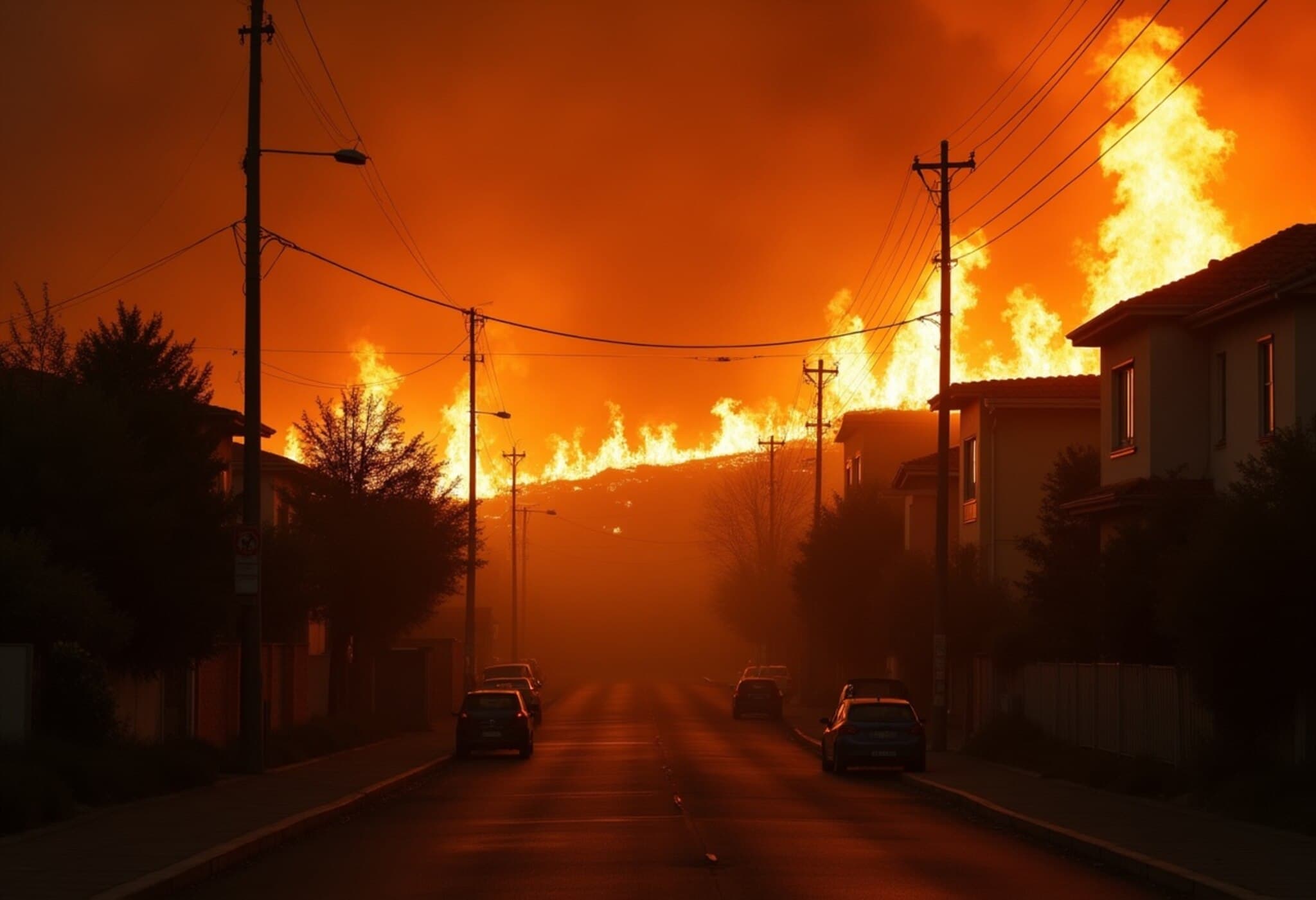Russia Advances in Central Ukraine, Seizes Two Key Villages
On Saturday, Russian forces announced they had taken control of two villages in Ukraine’s central regions—including Maliyevka in Dnipropetrovsk and Zeleny Gai in Donetsk—marking a significant development in a war zone that had seen relatively fewer territorial changes since Moscow’s 2022 invasion. These territorial gains signal a renewed Russian push deep into Ukraine’s heartland, areas that had largely remained contested but not captured.
Casualties Rise Amid Overnight Strikes
The fighting continues to take a deadly toll. Overnight bombardments from both sides claimed six lives: four civilians or combatants in central Ukraine and two in western Russia, confirming the war’s ongoing human cost beyond the frontlines. These figures come from Ukrainian and Russian official sources, highlighting the intense, cross-border violence characterizing this phase of the conflict.
Strategic Importance of the Captured Villages
The Russian military stated on Saturday that it had “liberated the settlement of Maliyevka” in the Dnipropetrovsk region. This follows earlier captures in the same area, not part of the territories Russia annexed last year, suggesting an effort to expand control beyond the disputed southeastern regions.
Separately, Moscow reported the seizure of Zeleny Gai in Donetsk, a village near the border with Dnipropetrovsk. Russian officials described it as a critical stronghold used by Ukrainian forces to shield nearby positions. Its capture potentially opens new operational pathways for Russia to consolidate control in eastern Ukraine.
Infrastructure Damage Exacerbates Civilian Hardship
Further north, the conflict’s impact on civilian infrastructure is acutely felt. A Russian missile strike destroyed a large boiler room in Kharkiv, the country’s second-largest city. Local authorities noted the facility cannot be repaired before the onset of winter, underscoring the war’s looming humanitarian crisis as temperatures drop.
Another strike hit the regional administration building in Sumy, signaling continuing efforts to disrupt Ukrainian governance and public services.
War Dynamics: Continuous Drone Swarms and Territorial Shifts
Despite international calls for peace talks, particularly from the United States advocating diplomatic solutions, Russia’s summer offensive continues relentless. Equipped with swarms of drones, Russian forces gain small settlements almost daily. However, these gains come at a heavy price—many of these villages end up razed and depopulated after months of fierce battles, reflecting the brutal nature of the conflict’s grind.
Expert Analysis: What These Developments Mean for the Wider Conflict
Military analysts point out that while the seizure of Maliyevka and Zeleny Gai might seem minor on a map, they mark a strategic escalation that could alter supply routes and defensive lines in central Ukraine. Controlling these areas allows Russia a tighter grip on Dnipropetrovsk and Donetsk, potentially enabling deeper incursions into Ukraine’s interior, which until now had seen fewer frontline shifts.
Moreover, the damage to essential infrastructure like Kharkiv’s heating facilities suggests a dual strategy: military conquest combined with targeting civilian resilience to undermine national morale heading into winter.
Underreported Narratives and Critical Questions
- The human toll beyond combatants: The displacement and suffering of residents forced to flee these contested villages often receive less media attention but deserve greater focus.
- Long-term geopolitical consequences: Could these gains embolden Moscow’s negotiating position or harden Kyiv’s resolve to reclaim lost ground?
- International response: How might renewed territorial advances impact Western aid and sanctions policy towards both Russia and Ukraine?
Conclusion: A Conflict at a Crossroads
The recent Russian advances in central Ukraine underscore a war far from reaching a peaceful resolution despite diplomatic overtures. The combined military gains, infrastructure destruction, and ongoing casualties paint a sobering picture of escalating violence with profound implications for regional stability and civilian welfare.
As the conflict intensifies in central Ukraine, the world faces pressing questions about the war’s trajectory. How will these new territorial shifts affect prospects for peace talks? What measures can be taken to protect civilians and critical infrastructure from the harsh winter ahead? This evolving situation demands sustained international attention and a recalibration of responses to prevent further humanitarian disaster.

